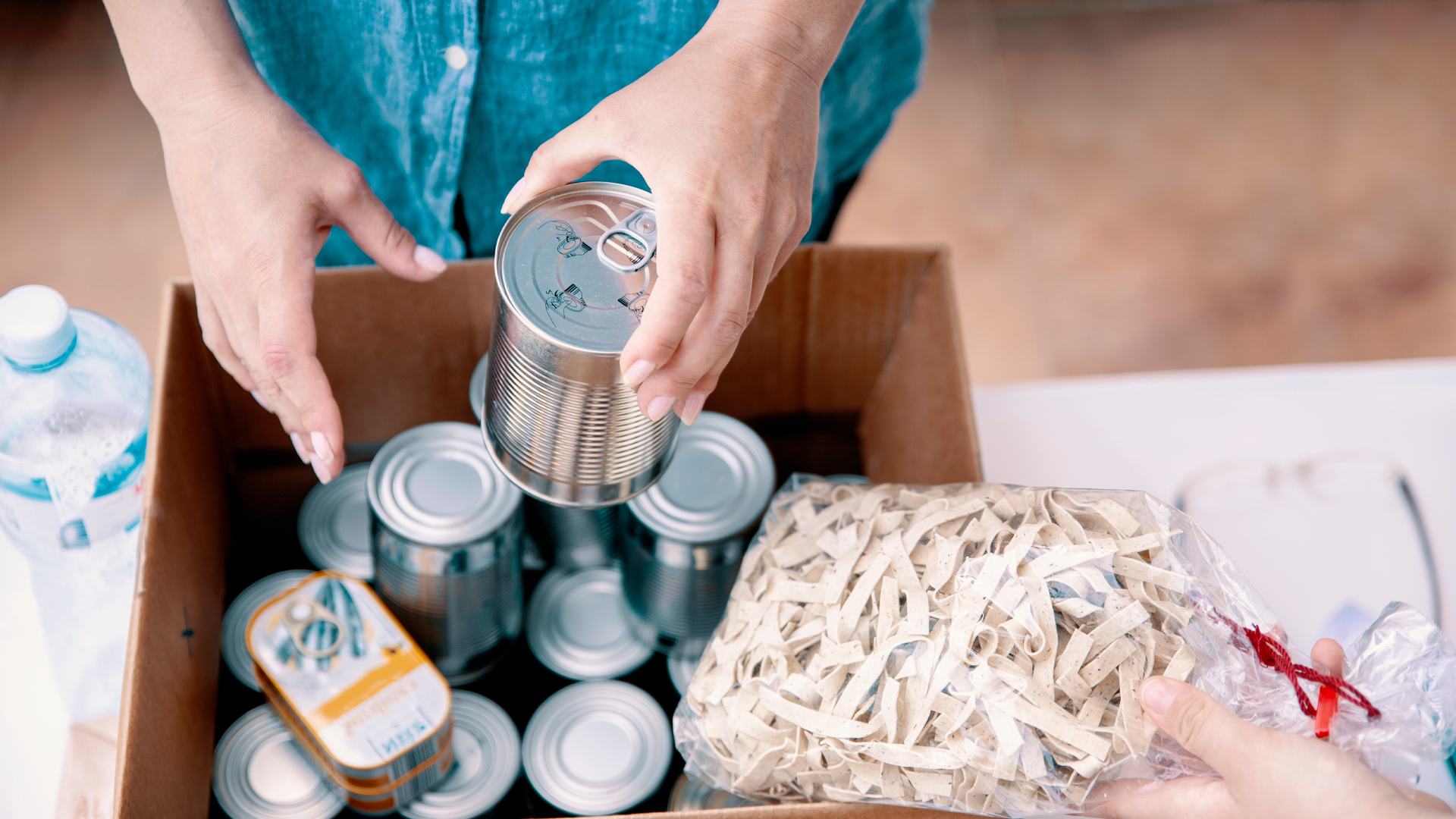
At first glance, 2023 started off with a bang for people living with disabilities.
The federal government’s Bill C-22, its long-awaited disability benefit legislation, won unanimous approval by the House of Commons and is now being considered by the Senate.
Around the same time, the Ontario government changed its rules so that clients of Ontario Disability Support Program (ODSP) can now earn $1,000 per month (up from $200 previously) before facing clawbacks on income over that level.
That’s after Ontario’s Ford government increased disability assistance rates by five per cent last September.
With such a busy start to the year, it may appear that disability-related support is picking up some much-needed speed. However, there are many challenges yet to overcome.
The maximum annual income for single people living with a disability is below the poverty line in all provinces, forcing many of them to depend on food banks. Collaborative action must be taken to ensure both the federal and provincial governments are contributing to closing the income gap and to bringing an end to poverty for those living with a disability. However far the new Canada benefit goes, provincial legislatures must go the rest of the way. Canada needs to get to the point where low disability assistance rates don’t mean an automatic trip to the food bank.
Let’s begin at the national level. For Bill C-22 to become law, it must first undergo scrutiny in the Senate – a process that can be surprisingly quick or painstakingly slow. Barring any unexpected legislative setbacks, we expect the bill to come into law sometime this spring.
But that’s just the start. Regulations for its implementation will need to be defined and amended. The bill says the federal government will not be required to even report on its regulatory progress until one year after the act comes into force. The act itself needs to come into force only within a year of receiving royal assent.
What does this mean? In a worst-case scenario, Canadians don’t see a progress update on the development of this act’s regulations until halfway through 2025.
The reality is that this bill doesn’t bring us any closer to understanding what a Canada disability benefit will look like. The act simply provides the necessary permissions to the government and minister to develop regulations that will define the benefit. In other words, they’ve been given permission from the Commons to develop the disability benefit. For the time being, issues such as eligibility, access and dollar amounts are left in question.
Unfortunately, timing isn’t our biggest concern for this bill. Our concern rests with the challenge that the federal government will face in finding harmony with the provinces, and what the bill will eventually represent in terms of real dollars for people who desperately need better supports now. Historically, provinces have cut back on their own benefits when the federal government introduces access to new funds. A prime example of this behaviour came during the pandemic, when some provinces cut back on social assistance or other provincial benefits for those receiving CERB.
This brings us back to Ontario. Despite what may seem like recent efforts to help Ontario residents who live with a disability, Ontario is among the worst provinces for disability assistance. Even with the five-per-cent increase, disability assistance in Ontario sits $10,000 a year below Canada’s official poverty line. This trend remains true for most other provinces, where the gap between assistance rates and the poverty line is as much as $13,000 or $15,000 a year.
What this means is that unless the federal government is ready to provide a $10,000 benefit, the provinces will have to step up and increase their social assistance rates.
All that said, the poverty line itself does not represent the income level needed by a thriving individual. Instead, it represents the bare minimum someone could deem as an acceptable annual income.
The number of individuals experiencing food insecurity in Canada is much larger than the number of those living below the poverty line (16 per cent compared with six per cent respectively). In addition, the poverty line for an individual living with a disability is the same as someone who does not live with a disability. Current measurements do not consider the additional costs that come with having a disability.
The result of this inadequate system is a disproportionate number of people on disability support seeking outside help. When the benefits offered don’t go far enough to provide basic necessities, those receiving disability supports find themselves heading to their local food bank.
Despite people with a disability making up only four per cent of the total Ontario population, they represent 30 per cent of the people using food banks. For Ontario, this means that people with disabilities are seven times more represented in food banks. In Alberta, those receiving disability support (AISH) are more than eight times over-represented among food bank users. Since 2002, the adequacy of disability support in every province has dropped (except for B.C., which has gone up by a whopping three percentage points).
If there is any hope for a future where those living with disabilities do not have to live in poverty, then provincial governments will need to do their fair share to improve the situation. For more than two decades, people living with disabilities have been slipping further into poverty.
Yes, a strong start to 2023 does signal some momentum. But we can’t stop putting pressure on all levels of government to act quickly and effectively.
As it stands, many people receiving disability support cannot afford to feed and house themselves properly and, as a result, are prevented from moving to a life beyond poverty.










